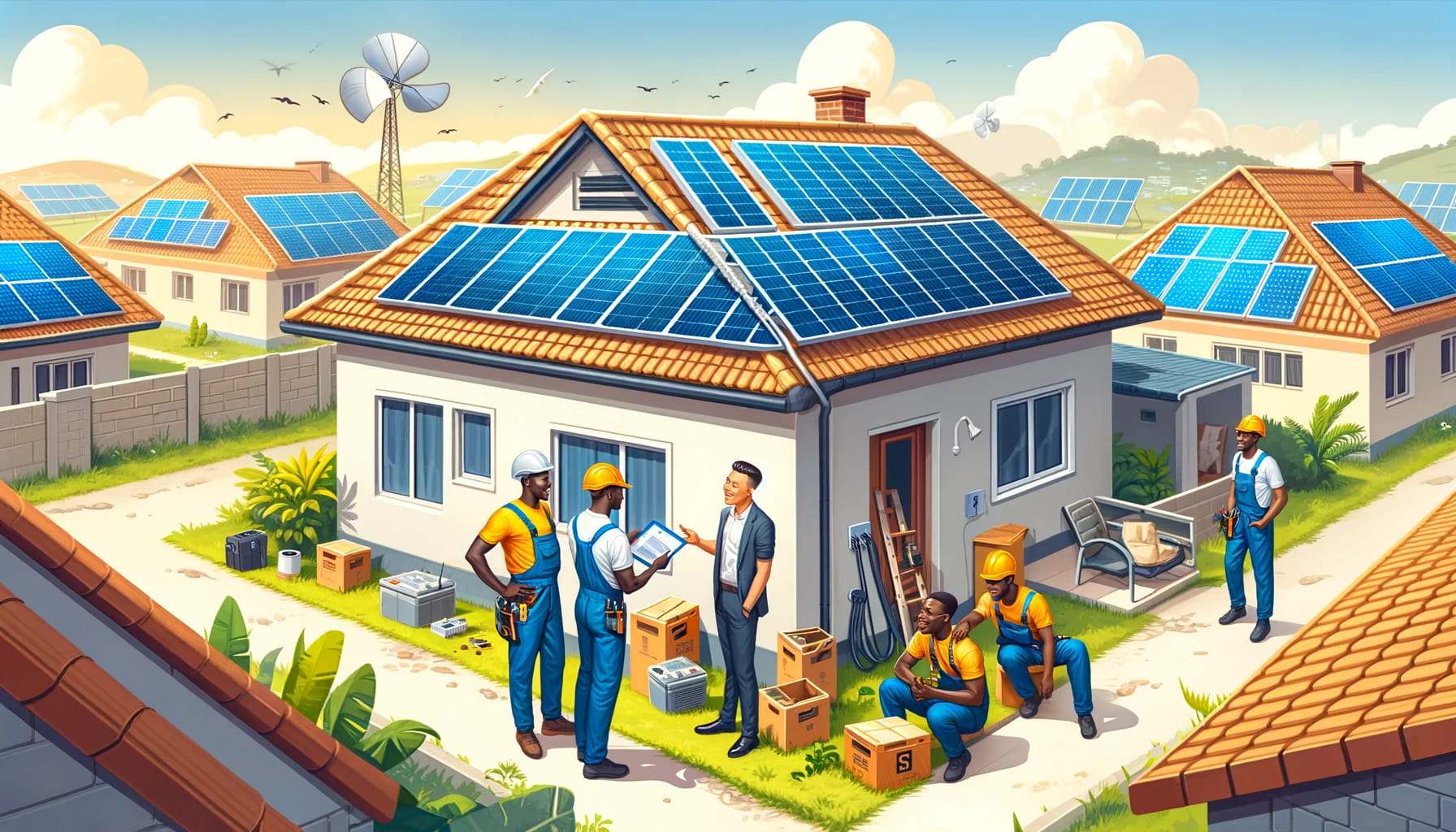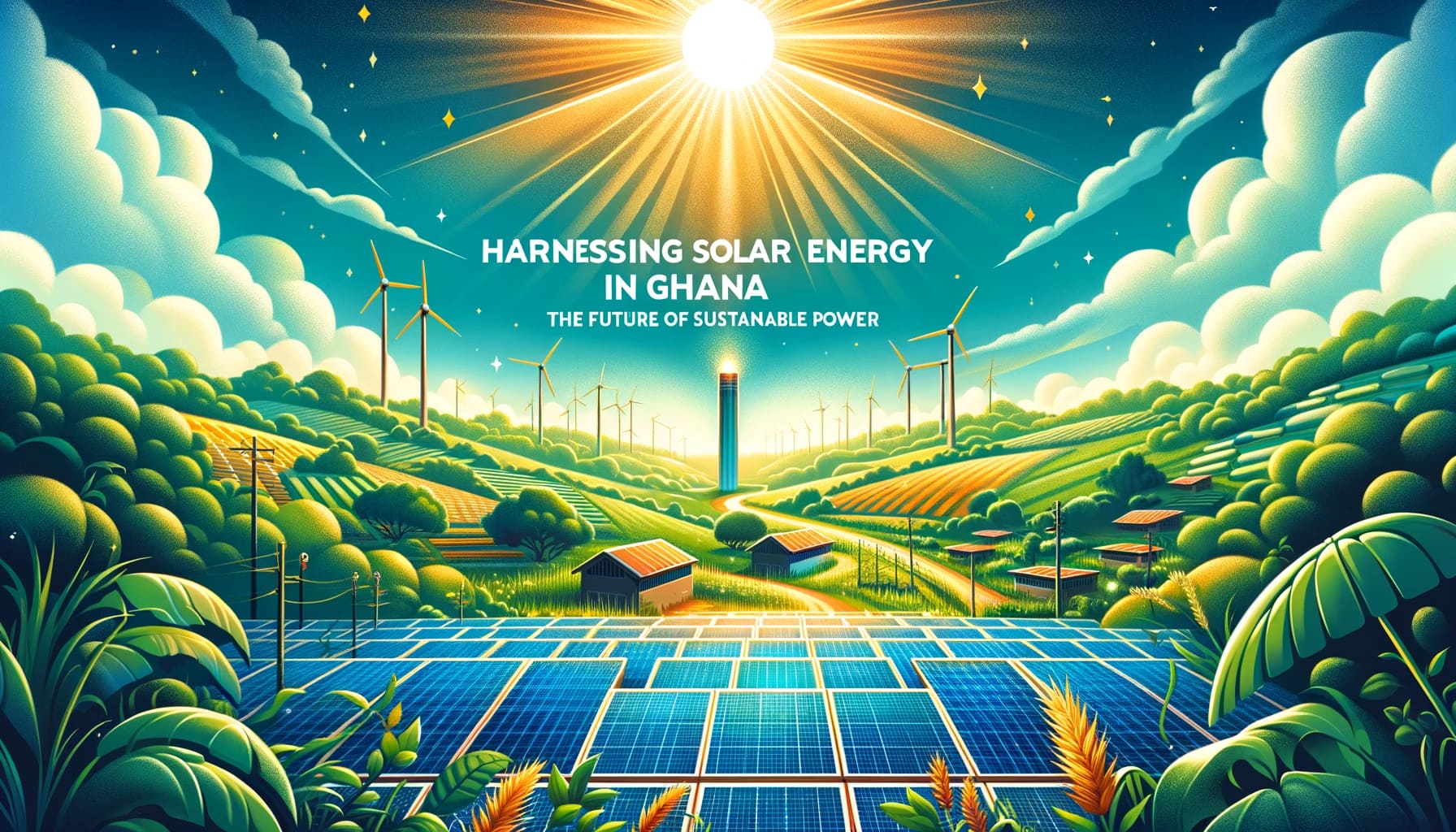FAQs
We design and supply top-tier solar energy systems, focusing on reducing energy usage and fostering sustainable electricity generation.
- Home
- Help & FAQs
Need Help With Something?
Frequently Asked Questions
No, the total price we sent is for the individual components required to supply the power you need. However, we clearly indicate installation charges when the total price includes installation.
Yes, definitely. You can start with 50% batteries and get the remaining when you are ready. Also yes during the day when the sun is out, the panels will charge the batteries but that also depends on the priority configuration of your inverter (i.e either to supply the power from the panels directly to all your load and charge the battery with excess power or charge the batteries as first priority and supply the remaining power to your load. This is the same for the grid supply ( ECG and generator ) you can configure it to suit your requirement. However, under normal circumstances, your understanding should hold positive. We do not recommend charging the batteries with generators as they have the potential to damage your inverter.
The main difference between the two batteries is the build technology and the choice of electrolyte being used. In terms of performance, they are both great with almost identical performance grade. The AGM excels at delivering high bursts of current whiles the Gel excels at slower discharge rate. The flexibility of AGM makes it very easy to be used anywhere; Gel batteries have a longer life span compared AGM if it is maintained properly.
PV modules are multifunctional building components which, besides generating electricity, can fulfil many other functions such as shading systems, light filtering etc.
When speaking about BIPV, the PV modules are fully integrated into the building, since they form an integral part of the building mostly to serve as an auxiliary source of power to reduce the cost involved in using traditional building materials. The advantage of BIPV is that, eventually the energy generated will offset the cost involved.
The cost of PV technology has dropped dramatically in the past ten years and, thanks to government incentives or subsidies…
A PV system needs daylight to work but not direct sunlight. Although direct sunlight improves efficiency.
The best indicator for sizing a PV system is your historical electrical usage or the number of kilowatt-hours (kWh). We can also do a survey and design the system to meet your power needs.
Batteries are only essential if power needs to be ‘stored’ in case of a utility outage.
PV modules are most often encapsulated in two layers of tempered low iron glass or between glass and Tedlar. This makes it very fragile to walk on, you are therefore advised to avoid walking on them.
In most cases, the PV modules don’t need to be clean. We advise cleaning the PV modules once in a while to prevent thick layer of dust forming on it.
Energy Commission has committed to bringing back this system, so that excess power can be sold back to the grid.



